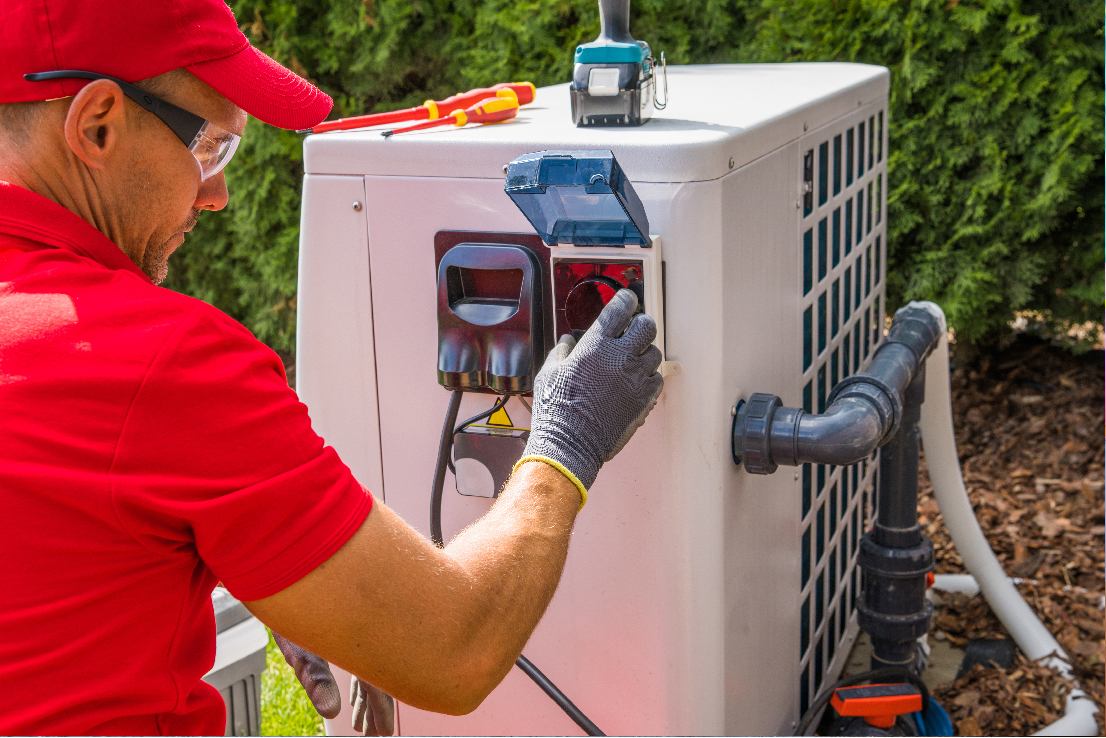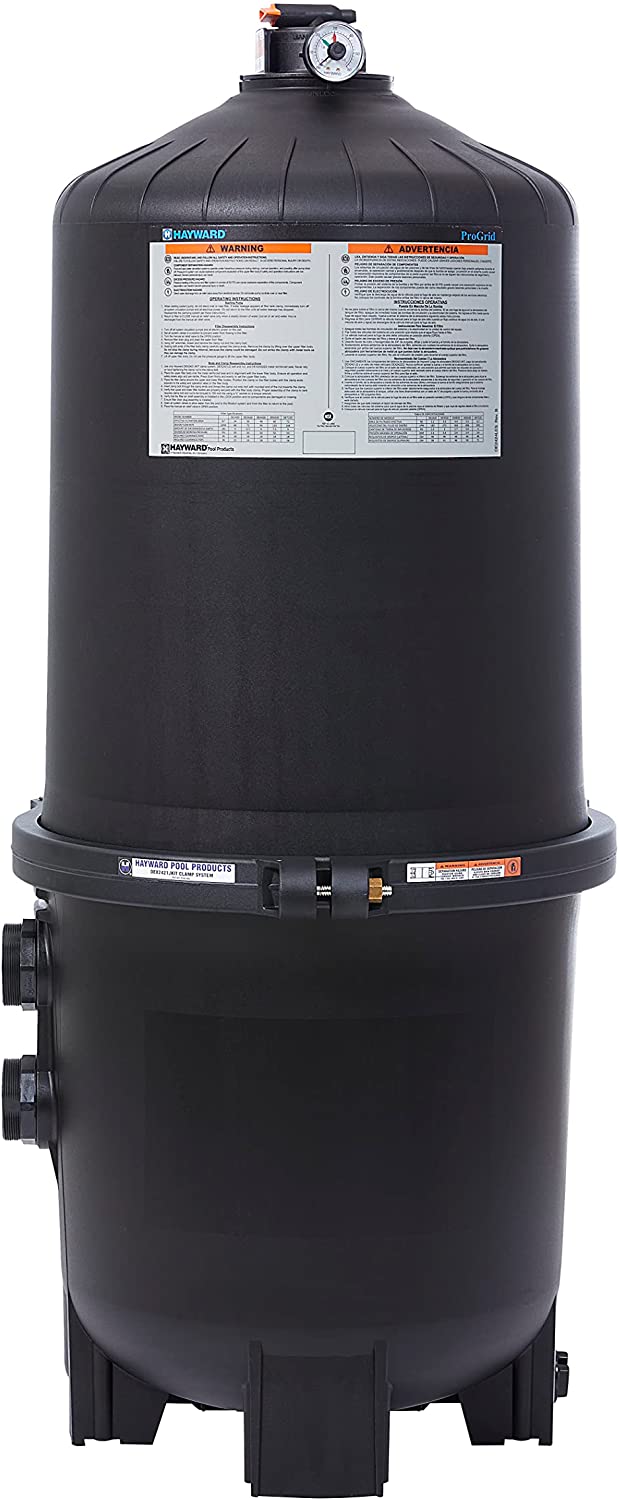
Harness the Sun: A DIY Guide to Building Your Pool Solar System
Swimming pools are a fantastic way to cool off and unwind during hot summer days, but maintaining a comfortable water temperature can be expensive, especially if you rely on traditional heating methods. However, there’s an eco-friendly and cost-effective solution: solar pool heating systems. In this engaging article, we’ll guide you through the process of building a DIY solar pool heating system, helping you harness the power of the sun to keep your pool warm and inviting all season long.
- Understanding Solar Pool Heating Systems Solar pool heating systems work by circulating your pool water through solar collectors, which absorb sunlight and transfer the heat to the water. The warmed water is then returned to the pool, raising its temperature. These systems are environmentally friendly, energy-efficient, and can significantly reduce your pool heating costs.
- Assessing Your Solar Potential Before you embark on your DIY solar pool heating project, evaluate your property’s solar potential. Consider the following factors:
- Sun exposure: Your solar collectors need direct sunlight for a significant portion of the day. Ideally, they should face south and have no shading from trees or buildings.
- Roof space or ground area: You’ll need sufficient space to install the solar collectors, either on your roof or in your yard.
- Climate: While solar pool heaters can be effective in most climates, they’re especially beneficial in areas with abundant sunshine and mild to warm temperatures.
- Choosing the Right Solar Collectors There are several types of solar collectors available for pool heating, each with its pros and cons. Some popular options include:
- Flat-plate collectors: These are the most common type, featuring a flat, dark-colored plate that absorbs sunlight and heats the water. They are relatively affordable and easy to install.
- Evacuated tube collectors: These collectors consist of a series of glass tubes with a vacuum seal, providing superior insulation and heat transfer. They are more efficient than flat-plate collectors but can be more expensive and challenging to install.
- Unglazed collectors: These collectors do not have a glass cover, making them less efficient but more affordable. They’re best suited for regions with mild climates.
Consider your budget, climate, and installation preferences when choosing your solar collectors.
- Designing Your DIY Solar Pool Heating System When designing your solar pool heating system, you’ll need to determine the appropriate size and layout for your solar collectors. Some factors to consider include:
- Pool size: Larger pools require more solar collectors to achieve the desired temperature increase.
- Desired temperature increase: If you want to raise your pool’s temperature significantly, you’ll need more solar collectors.
- Collector efficiency: More efficient collectors require less surface area, so keep this in mind when choosing your collectors.
A general rule of thumb is to size your solar collector area to be 50-100% of your pool’s surface area, depending on your climate and heating goals.
- Installing Your DIY Solar Pool Heating System Once you’ve designed your system, gather the necessary materials and tools, and follow these general steps to install your solar pool heating system:
- Install the solar collectors: Mount your solar collectors on the roof or another suitable location, ensuring they are securely fastened and angled for optimal sun exposure.
- Connect the plumbing: Run PVC pipes from your pool’s existing pump and filtration system to the solar collectors, adding valves and fittings as needed to create a closed-loop circulation system.
- Install a solar controller (optional): A solar controller can automatically divert water through the solar collectors when there is sufficient sunlight, optimizing your system’s efficiency.
- Test and fine-tune: Once your system is installed, test it to ensure proper circulation and adjust the flow rate as needed to achieve the desired temperature increase.
- Enjoying Your Eco-friendly Heated Pool With your DIY solar pool heating system in place, you can now enjoy your warm and inviting pool throughout the swimming season without worrying about high energy bills. Not only will you save money, but you’ll also reduce your carbon footprint and contribute to a greener planet.
- Maintenance Tips for Your Solar Pool Heating System To keep your solar pool heating system running smoothly, follow these simple maintenance tips:
- Regularly check the solar collectors for dirt or debris and clean them as needed to maintain their efficiency.
- Inspect the mounting hardware and plumbing connections for signs of wear or damage, and repair or replace any compromised components.
- If you live in a region that experiences freezing temperatures, drain your solar collectors and plumbing during the winter months to prevent damage from ice expansion.
- Expanding Your Solar Energy Usage Once you’ve successfully implemented a solar pool heating system, you might consider exploring other solar energy applications for your home. Solar water heaters, solar panels for electricity generation, and solar landscape lighting are just a few examples of how you can further harness the sun’s power to save money and reduce your environmental impact.
Building a DIY solar pool heating system is an excellent way for homeowners to extend their swimming season, save on energy costs, and promote a more sustainable lifestyle. By understanding the basics of solar pool heating, assessing your solar potential, choosing the right collectors, designing and installing your system, and maintaining it properly, you can enjoy a warm and inviting pool all season long. Plus, your solar pool heating project might just inspire you to explore other ways to harness the sun’s energy for your home.




